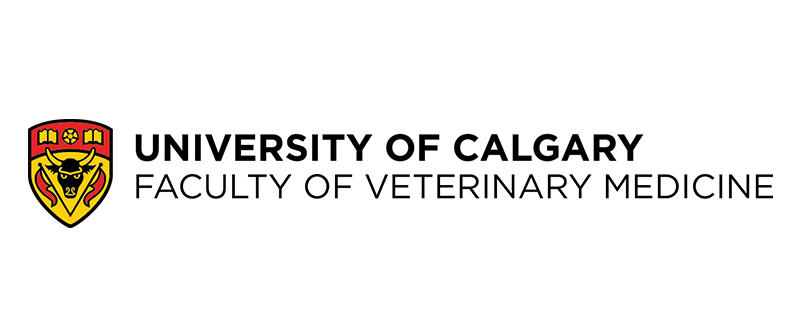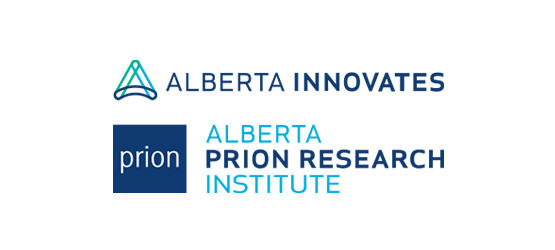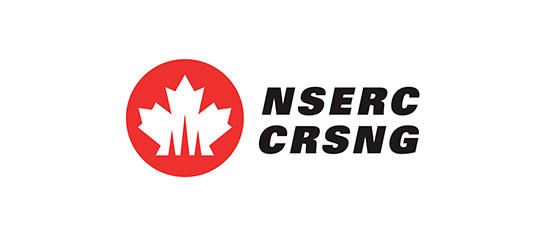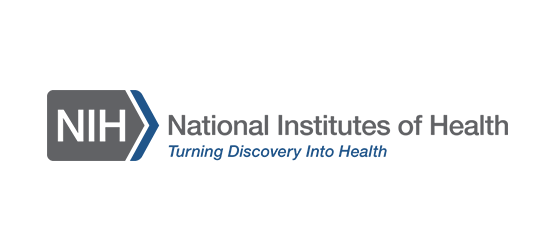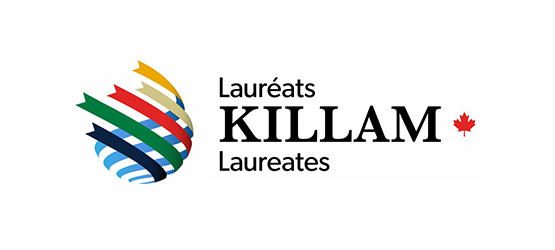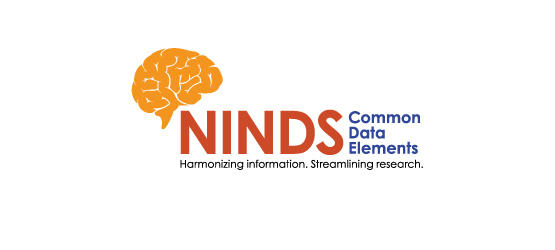Sponsors & Partners
Our work over the past 23 years focused on the cellular and molecular biology of prion diseases. Prion diseases are fatal infectious neurodegenerative disorders of man and animals, and their manifestation can be sporadic, genetic, or acquired by infection. Examples are BSE (mad cow disease) in cattle, scrapie in sheep and goat, chronic wasting disease (CWD) in deer and elk, and CJD in humans. Although mostly rare in incidence, these diseases have the potential to get transmitted within or between species, resulting in endemic and epidemic scenarios. It is critical to understand the molecular and cellular requirements for propagation and transmission of prions to device molecular strategies for controlling these events, and in the long-term, to establish means for effectively assisting infected beings.
The long-term goal of our research program is to develop therapeutic and prophylactic anti-prion strategies. The overall objective we have is to study the molecular biology of prion infections and to use gained understanding for delineating novel targets for intervention.
Research Focus
We have focused our attempts on two main strategies.
- One is the endogenous cellular clearance capacity for prions, which we want to induce to a level that can halt prion infection.
- The other one is to target the normal prion protein isoform, expression of which is a prerequisite for prion conversion and execution of neurodegeneration.
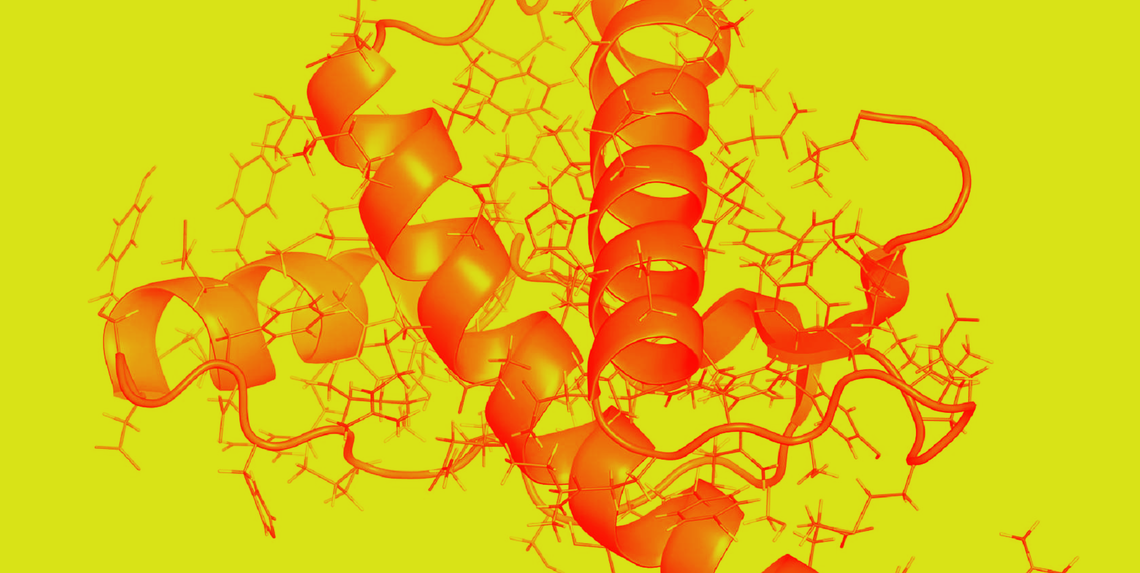
One of our central hypotheses is that prion clearance can be enhanced by induction of autophagy, a basic cellular program for degradation and recycling. Another pathway we focus on is quality control mechanisms in the secretory pathway which modulate PrP maturation and PrPSc formation. A main area of our ongoing research is based on our finding that one can overcome self-tolerance against prion proteins by using oligomeric recombinant prion proteins as immunogen. Our group wants to apply such active vaccination as a prophylactic tool against CWD infections, thereby reducing spread of CWD and reduce the risk for a zoonotic transmission in the future.
In addition, our group works on deciphering the interaction sites of prion protein isoforms, how cells provide disaggregase function in prion conversion, and performs high-throughput screens for identifying compounds with anti-prion activity. Our group is member of an international consortium testing whether CWD can transmit to non-human primates and member of a Genome Canada multi-PI project on CWD genomics. In this context, we use CRISPR/Cas-9 technology for gene-editing of cells, both for gene knock-out and gene replacement. Overall, our studies will provide new molecular insights and novel avenues for therapy against prion and protein misfolding disorders.
- Genome Canada/Genome Alberta. Systems Biology and Molecular Ecology of Chronic Wasting Disease. Co-Investigator. 2016-2020.
- NIH/National Institute of Neurological Disorders and Stroke (NINDS). Elucidating the cellular mechanisms of prion propagation and clearance for devising new targets for intervention in prion disease (subaward/consortium from original NIH R01). Principal Investigator. 2014-2017.
- Natural Sciences and Engineering Research Council of Canada (NSERC). Analyzing how animal prions use existing cellular programs for release and intercellular spread. Principal Investigator. 2015-2020.
- Alberta Prion Research Institute. Support for biological testing for prions and toxic misfolded proteins. Co-Principal Investigator (with Dr. Westaway/UofA). 2016-2021.
- Alberta Prion Research Institute. Validating and improving a lead vaccine against CWD. Principal Investigator. 2016 ?2019.
- Alberta Prion Research Institute. Modulation of protein quality control pathways as a novel intervention strategy in prion diseases; 2013 – 2017.
- Alberta Prion Research Institute. Between propagation and clearance: The dual role of autophagy in prion infection. Principal Investigator. 2013-2017.
- Alberta Prion Research Institute. A new anti-prion strategy: down-regulation of Prnp transcriptional activity. Principal Investigator. Co-Investigators: Dr. F. Jirik, Dr. A. Narendrun, Dr. S. Gilch. 2014-2017.
- Alberta Prion Research Institute. Final proof for presence or absence of prion infectivity and conversion activity in incubating macaques inoculated orally with CWD prions. Principal Investigator. Co-Investigators: Dr. M. Beekes/RKI Berlin/Germany, Dr. S. Gilch. 2016-2020.
Our lab obtained several fellowships recently. Dr. Basant Abdulrahman received an AIHS Postgraduate Fellowship (3 years). Dr. Dalia Abdelaziz obtained an UofC Eyes High Postdoctoral Fellowship (2 years). Simrika Thapa received an Eyes High Doctoral Recruitment Scholarship (4 years), and an Izaak Walton Killam Pre-Doctoral Scholarship (2 years).
- - Gene editing using CRISPR/Cas-9 technology (KO and gene replacement)
- - Cell culture models for prion diseases, including primary cells
- - Lentiviral transduction
- - Autophagy assays, preparation of exosomes
- - Confocal microscopy (with live cell imaging)
- - Bacterial expression of proteins and purification (AKTA, IMAC)
- - Vaccine preparation and encapsulation; vaccine studies in animal models
- - Real-time quaking-induced conversion (prion conversion assay, RT-QuIC)
- - Elispot analysis and flow cytometry
- - Immunohistochemistry suite
- - Cell and tissue culture suite (BSL2, BSL2+/prion)
- - Animal facility for mice and transgenic mice (BSL2 and BSL2+/prion)
Funding Sources
